
OR
Excavation of Jagannath and Gopinath temples continues in Basantapur
Published On: December 15, 2016 07:10 AM NPT By: Gyan P Neupane | @GyaNeupane
KATHMANDU, Dec 15: A group of experts from the Department of Archaeology (DoA) and Durham University of the UK has been carrying out post-disaster excavation at Jagannath and Gopinath temples in Kathmandu Durbar Square, which were partially damaged by last year's devastating earthquakes.
After completing the excavation of Kasthamandap Temple's foundation, which was fully damaged by the quake, the team has been exploring the foundations of the other two temples since December 2.
Official at the DoA informed that the two temples are still standing but are in need of proper conservation.
“As we are preparing for the conservation of those temples, we started studying the condition of the foundation,” said Ram Bahadur Kunwar, spokesperson at the DoA.
Researchers had inferred about the possible reason of Kasthamandap's damage by exploring the temple's foundation. Although the temple was in a dilapidated condition since a long time before the quakes, it was the fault in the foundation that led to its collapse.
The team found the fourth saddle stone of Kasthamandap Temple, which was fitted in a way that was different from the other three saddle stones, resulting in the complete damage during the quake.
“We identified the possible reason behind Kasthamandap's devastation. But it is not the same case with other monuments which were equally affected by the tremors,” Kunwar said.
Both the temples, currently under examination, were built more than 300 years ago and are also the main attraction of the durbar square.
“The study will be conducted till next week and I hope it will give a clear picture of the condition of the foundation of those temples. Before starting any step toward renovating the monuments, it is a well-known practice around the world that we should identify the condition of the foundation,” he added.
UNESCO stated in a release on Monday that the main objective of the post-disaster excavation at temples is to provide a better understanding of their history and the condition of their foundation. The organization has been running the excavation works of various monuments under the World Heritage Site within the Kathmandu Valley since last year.
“The continued archaeological investigation of subsurface and evaluation of the foundations of earthquake-damaged monuments are a key part of the process of rehabilitation of the Kathmandu Valley's World Heritage of Outstanding Universal Value in advance of its reconstruction,” states a press release quoting Christian Manhart, UNESCO Representative to Nepal.
The DoA has been carrying out reconstruction and renovation of over 60 historical monuments out of the total of 132 which were completely destroyed by the earthquakes.
You May Like This

No seismic damage at foundation of Jagannath and Gopinath temples: Study
KATHMANDU, Dec 20: A recent excavation of Jagannath and Gopinath temples in Kathmandu Durbar Square has revealed that there are no... Read More...

Month-long festival kicks off at Doleshwor, Ashapuri Mahadev temples
BHAKTAPUR, July 17: A month-long religious festival has kicked off at the Hindu temples-- Doleshwor and the Ashapuri Mahadev--based in... Read More...

People involved in illegal river excavation get tickets for polls
NAWALPARASI, Nov 7: Of late, political parties of Nepal are increasingly providing election tickets to people with criminal background. Along with... Read More...
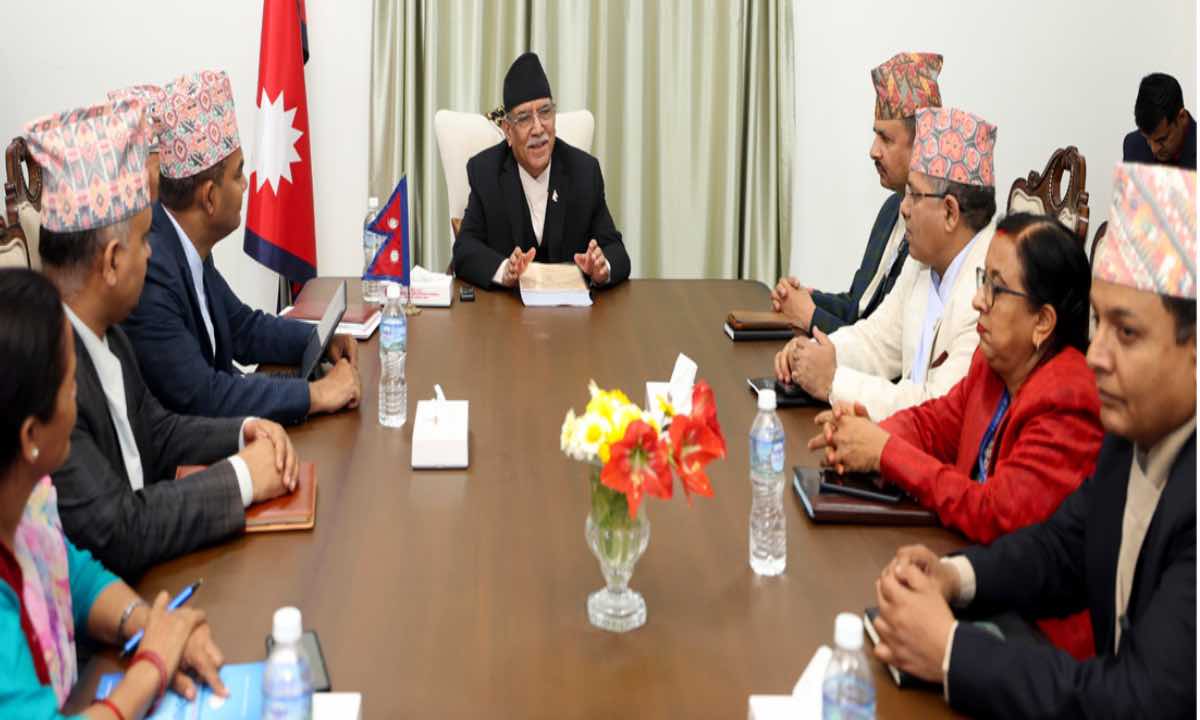


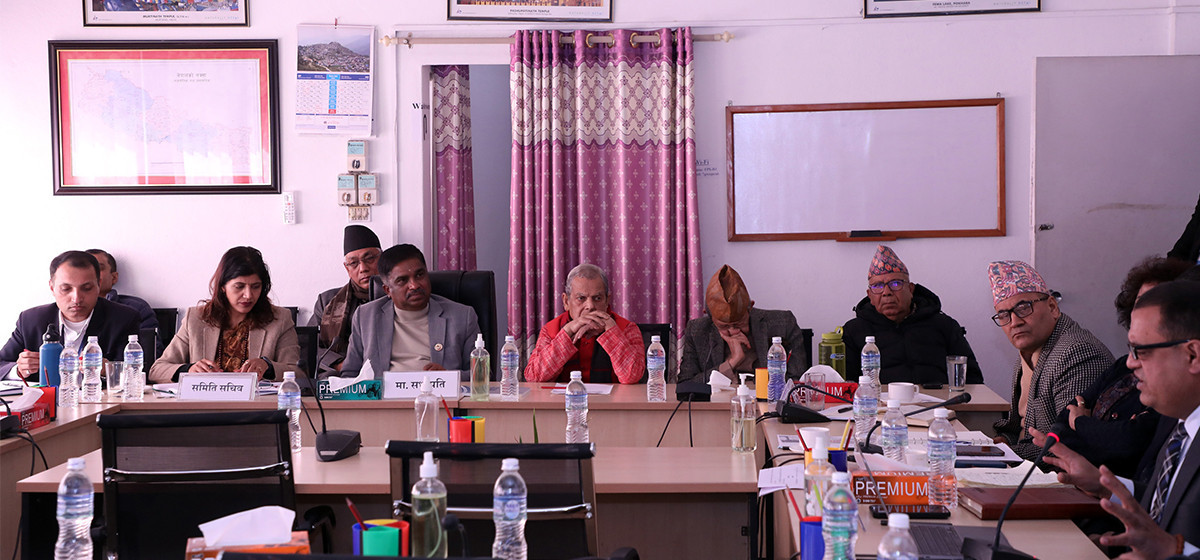
Just In
- Revised report on job specification submitted to PM
- Home ministry recommends Joshi and Dhakal for promotion to AIG
- Madhesh CM Yadav to seek vote of confidence today
- Gold price increases by Rs 1,700 per tola
- KMC warns of action against those strewing construction materials on street
- National Vitamin A campaign being organized on April 18 and 19
- Two killed in separate accidents
- Seven parliamentary committees meeting today



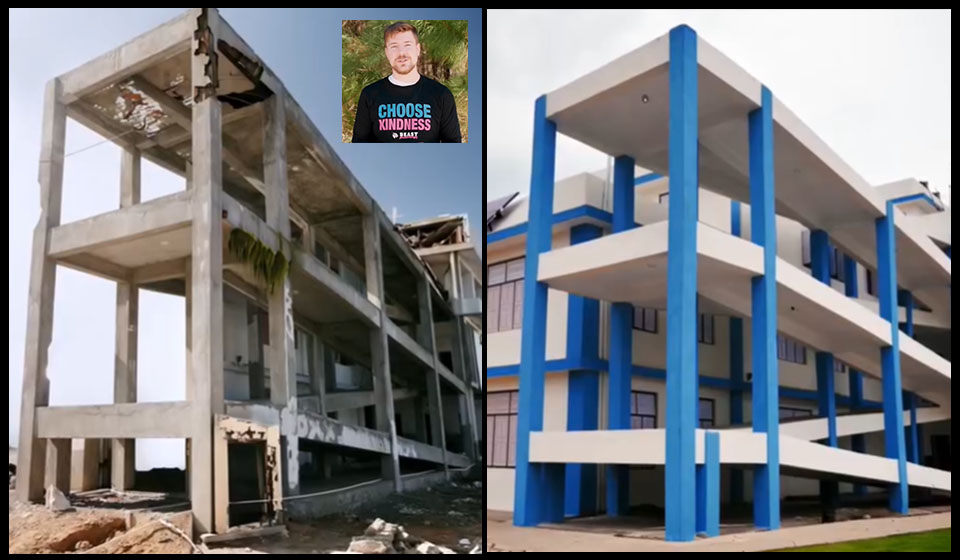


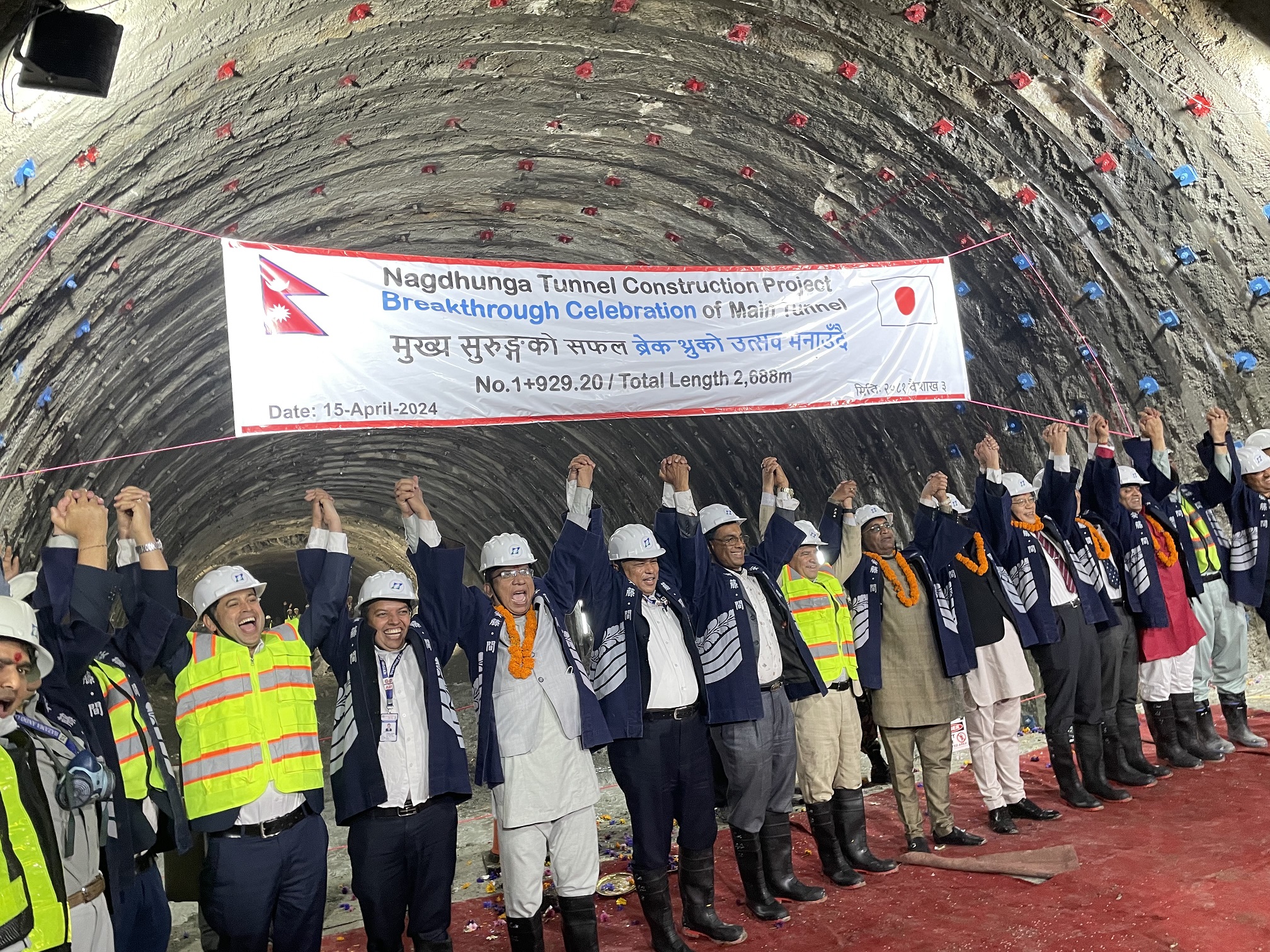
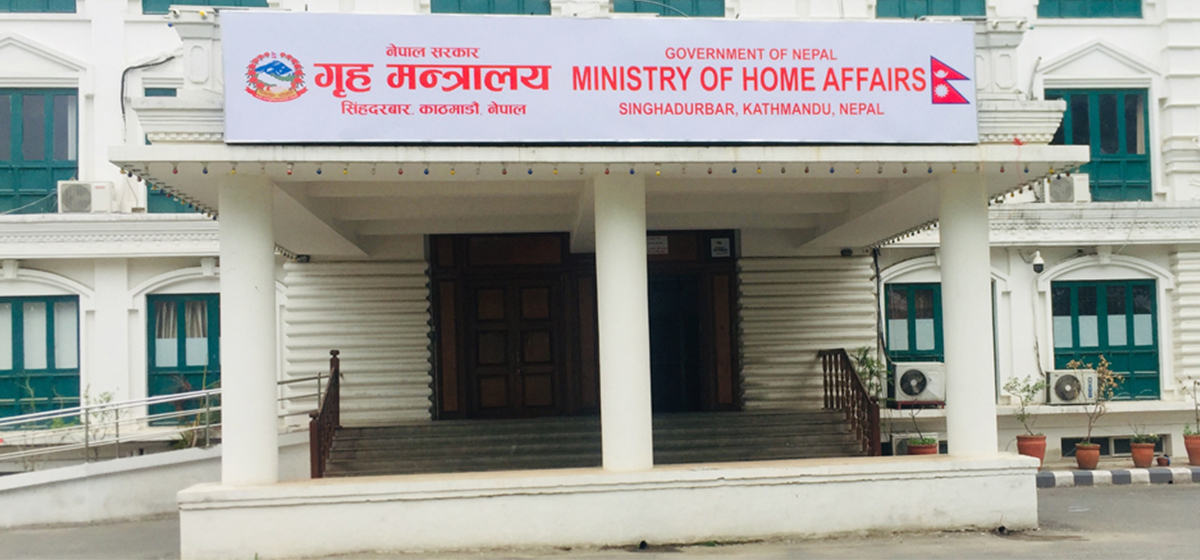


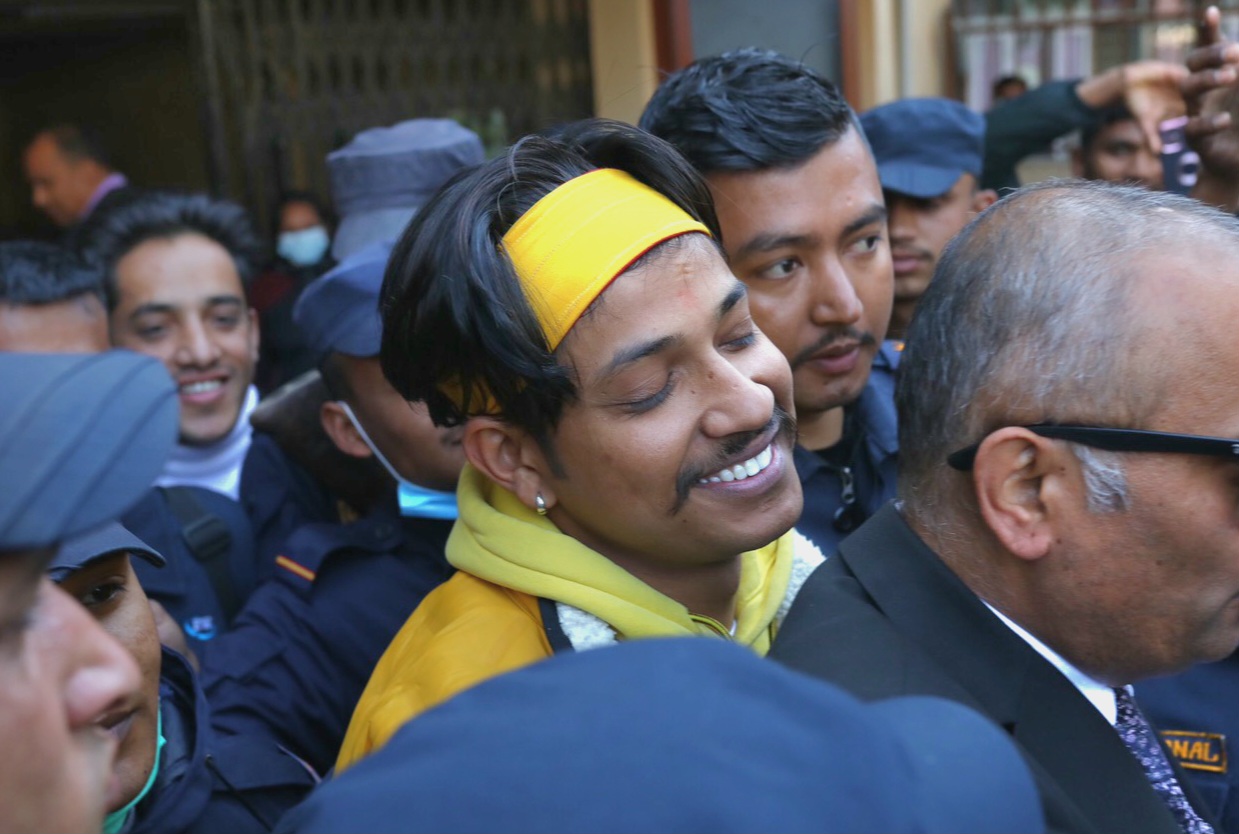

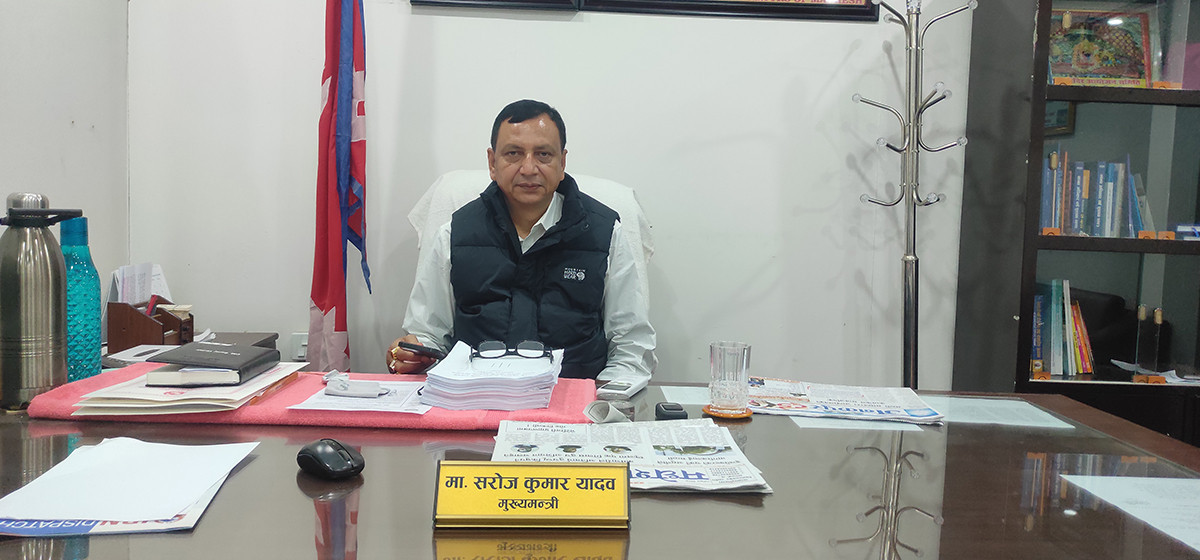


Leave A Comment